Travelling as we do from place to place, you’d think it might be easy to lose track of exactly where we are sometimes. Except that every stage of this trip and each country has been so distinctly different from the last.
When we finally came rattling over the border from Mozambique into South Africa in a crappy old minibus as usual, we hadn’t thought much about what we would find in this next country. We climbed out and struggled, as usual, to extricate our backpacks from the cramped vehicle and wrestle them onto our shoulders. Brushing sand and biscuit crumbs off of our sweaty, disheveled clothes and absent-mindedly scratching our bug bites, we looked up and realised we were back in ‘The West’. To be precise, we were standing in a shopping mall parking lot. We shivered as a blast of cold air from KFC ruffled Oyv’s overgrown hair which has turned into a long curly mullet. I glanced down at my dirty feet and then looked around for a day spa. Shoppers strolled by pushing trolleys piled with grocery bags. People went about their lives in a way that looked totally familiar to us.
At first it felt like we weren’t in Africa anymore. People who’ve been to South Africa – even people from South Africa – had all referred to this country as a ‘fake’ version of Africa. An easy introduction to the continent for novices. But we came here for two reasons: to finish our journey down through Africa from north to south, and to finish it in style at the end of three months on the road. We knew all about the picturesque small towns, fantastic food, sophisticated Cape Town and of course – the world-famous wine lands.
So in a way, we started to feel like we’d gone home and come back again on another separate holiday – a trip within a trip.
But as it turns out, we weren’t out of Africa just yet.
We decided to drive all the way down to Cape Town, stopping along the way wherever we felt like it.
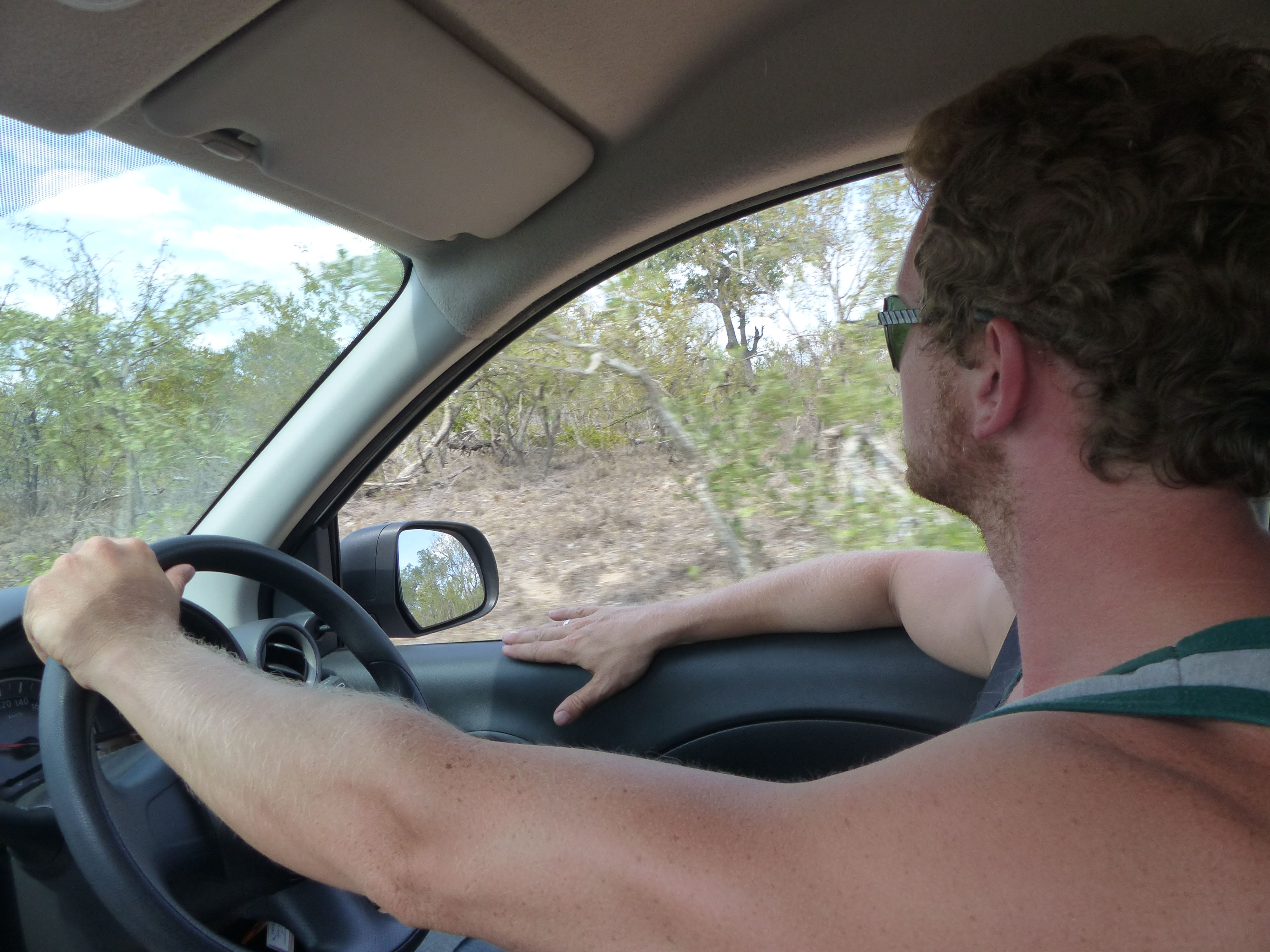
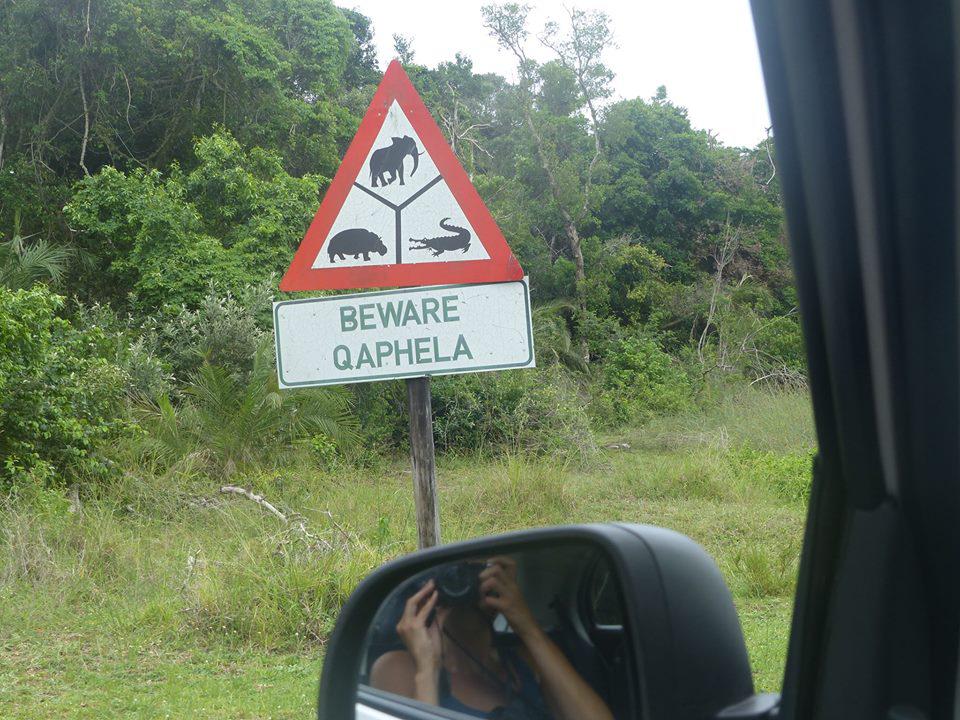
So we hired a car and off we went, windows rolled up and doors locked. This is South Africa, after all, and we’ve heard one too many carjacking stories.
We’ve all heard a lot about crime in South Africa, of course. Everybody has fences and gates and alarms and dogs. Back in Inhambane, we had dinner with a couple from Jo’burg who were so disgusted with the situation in South Africa that they retreated to the remote Mozambican bush and took up farming, only emerging into civilisation once every six months or so.
Anyway, first we went on safari in Kruger National Park. This wildlife reserve is bigger than some entire countries in Europe. We spent three days game driving in this enormous park, both of us spotting rampant wildlife out the windows.
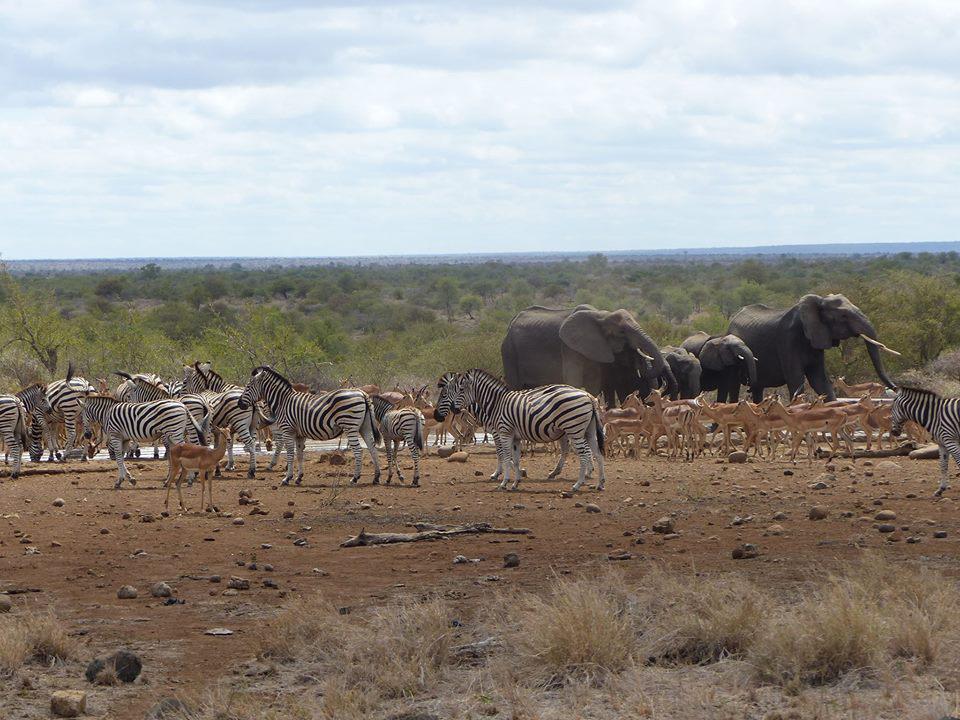
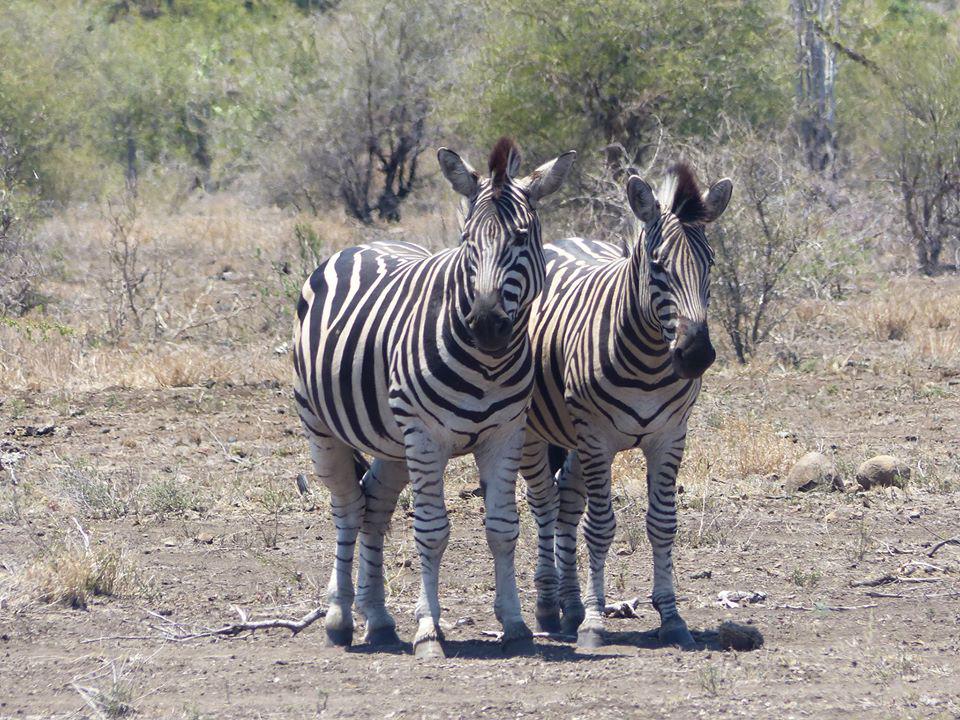
Along with all the usual suspects (giraffes, zebras, bushbuck, impalas, warthogs….) we also saw plenty of four of the ‘Big Five’: rhinos, buffalos, elephants and lions.
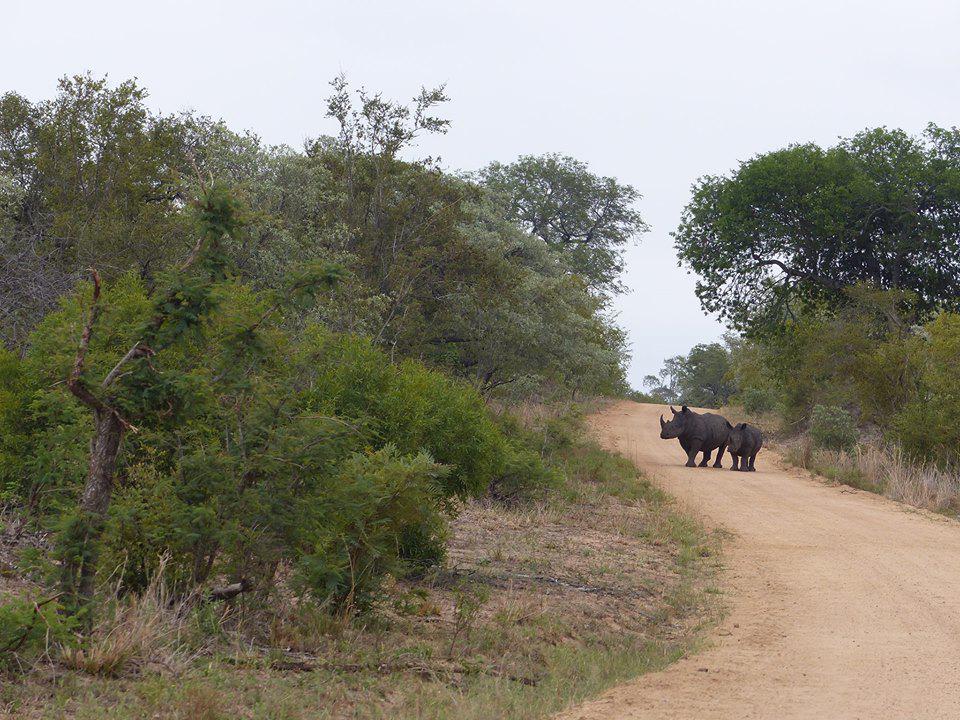
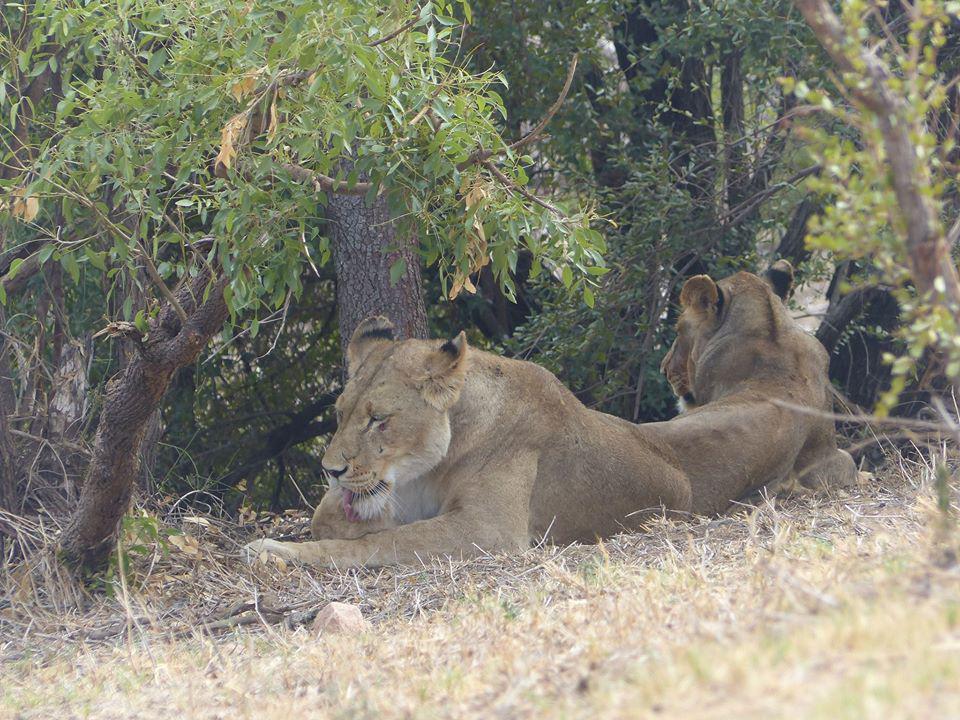
We didn’t see the fifth and very elusive member of this elite group, the leopard.
We camped in safari tents at night, and did all our cooking on the braai (barbeque).
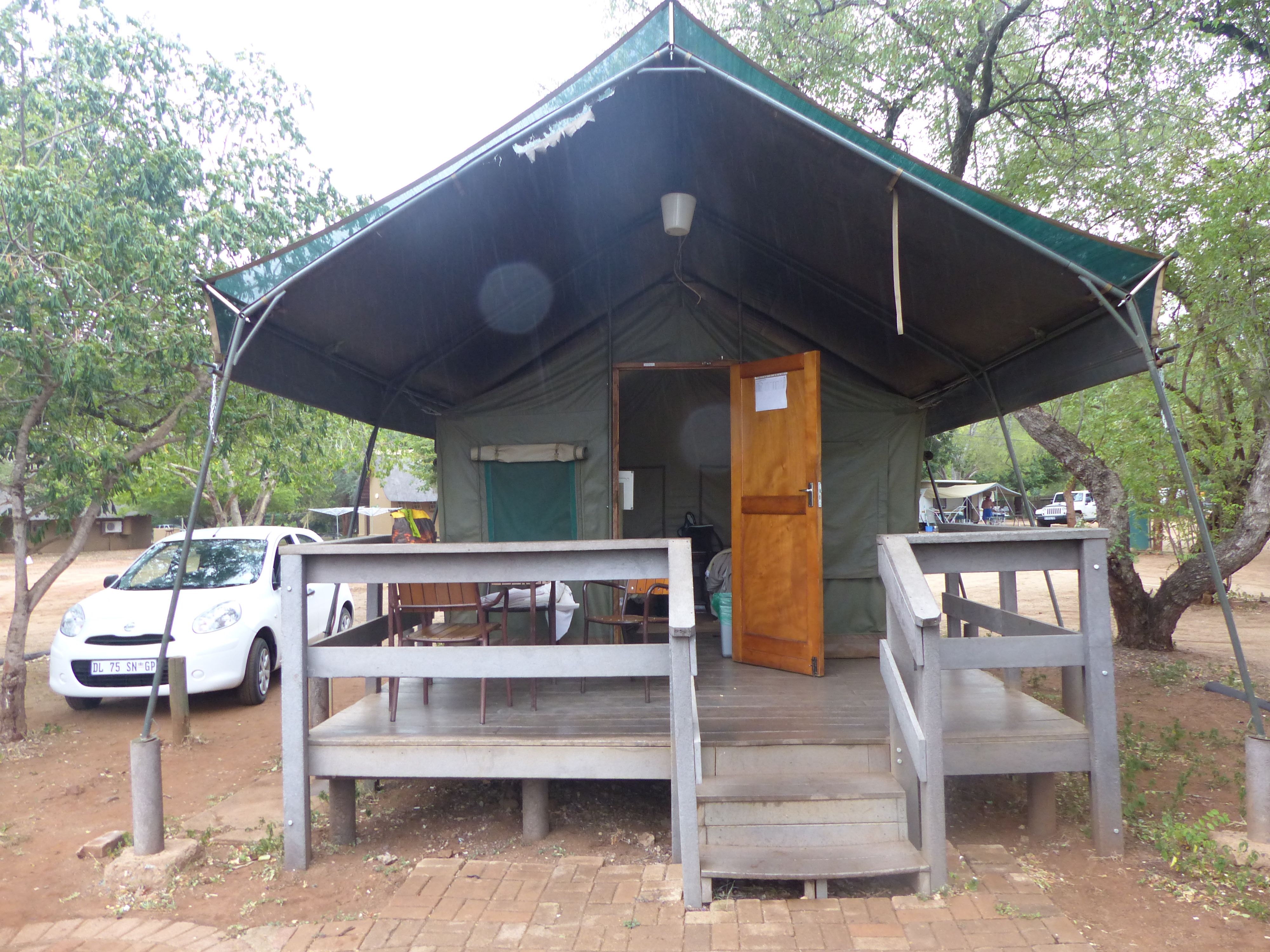
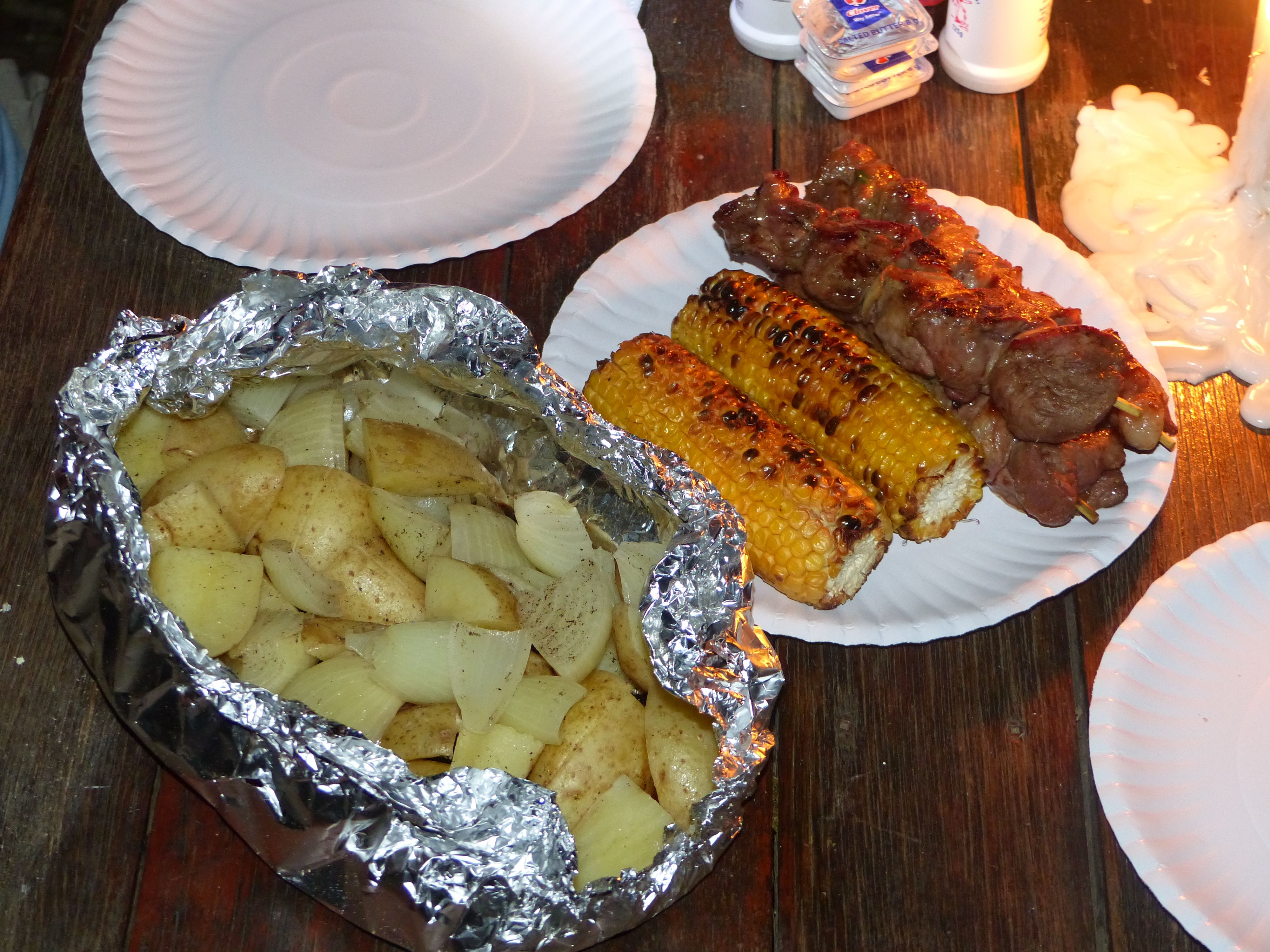
Early one morning we went on a bush walk with two armed rangers. On foot like this, you don’t see the big game you’ll see when driving. But instead you see the park’s perhaps even more terrifying inhabitants:
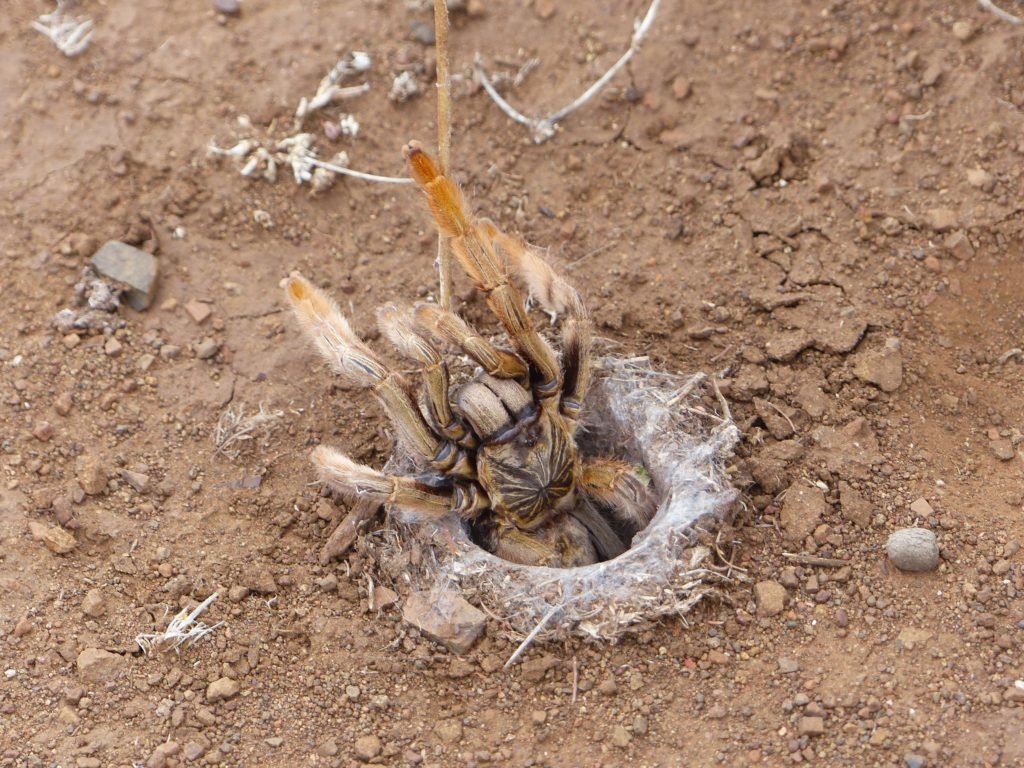
Leaving the wilds, we carried on to St. Lucia, a touristy town of beaches and cafes. We drove out to the beach at Cape Vidal.
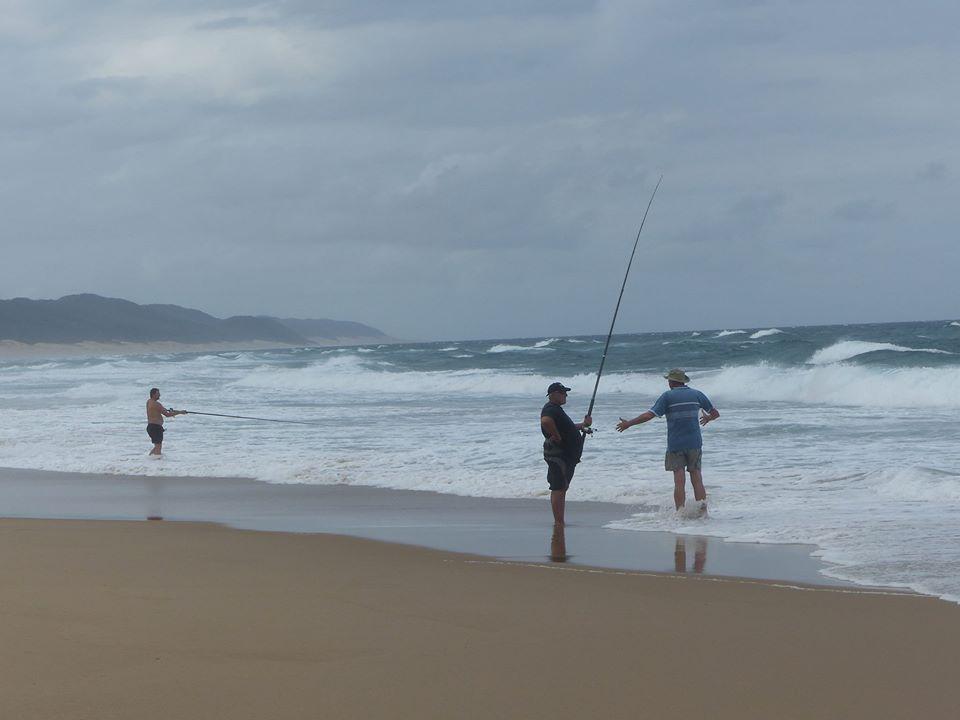
Although we will now zip right past a herd of zebras (Sar: ‘They’re just like fat ponies.’) or impalas (Oyv: ‘I’m sick of impalas’) a group of rhinos snorting in the grass will always bring us to a dead halt.
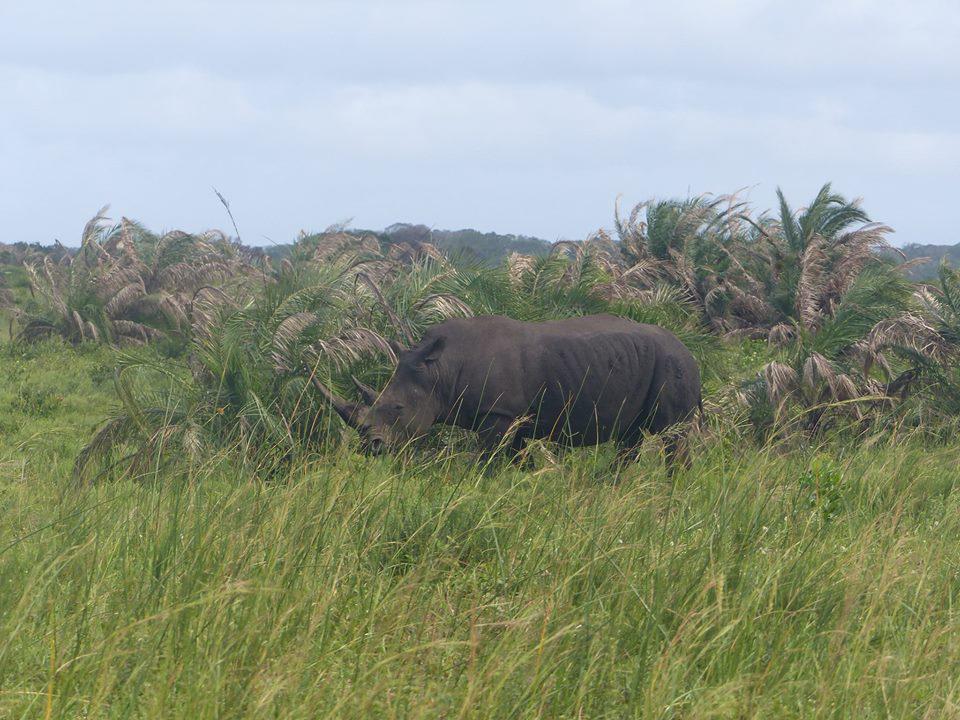
Then we inch forward, turn off the engine and watch them. We’re lucky to see them at all: the Black Rhino has been poached nearly to extinction by trophy hunters and others in pursuit of the animal’s valuable horn.
The St. Lucia estuary is home to about two dozen crocodiles and a thousand hippos.
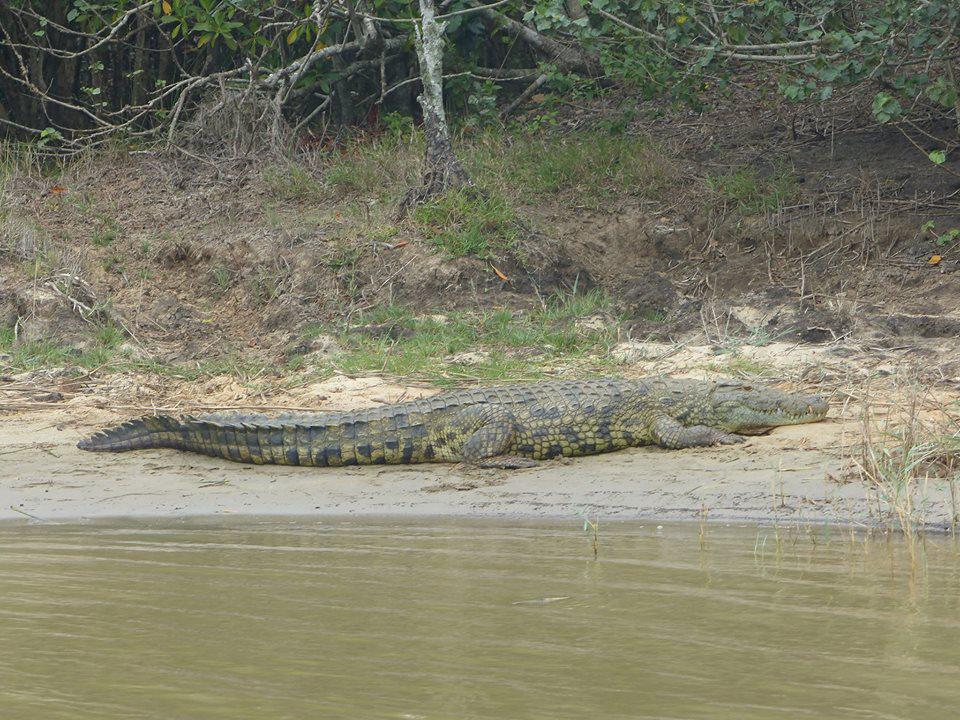
We went hippo-spotting on the river:
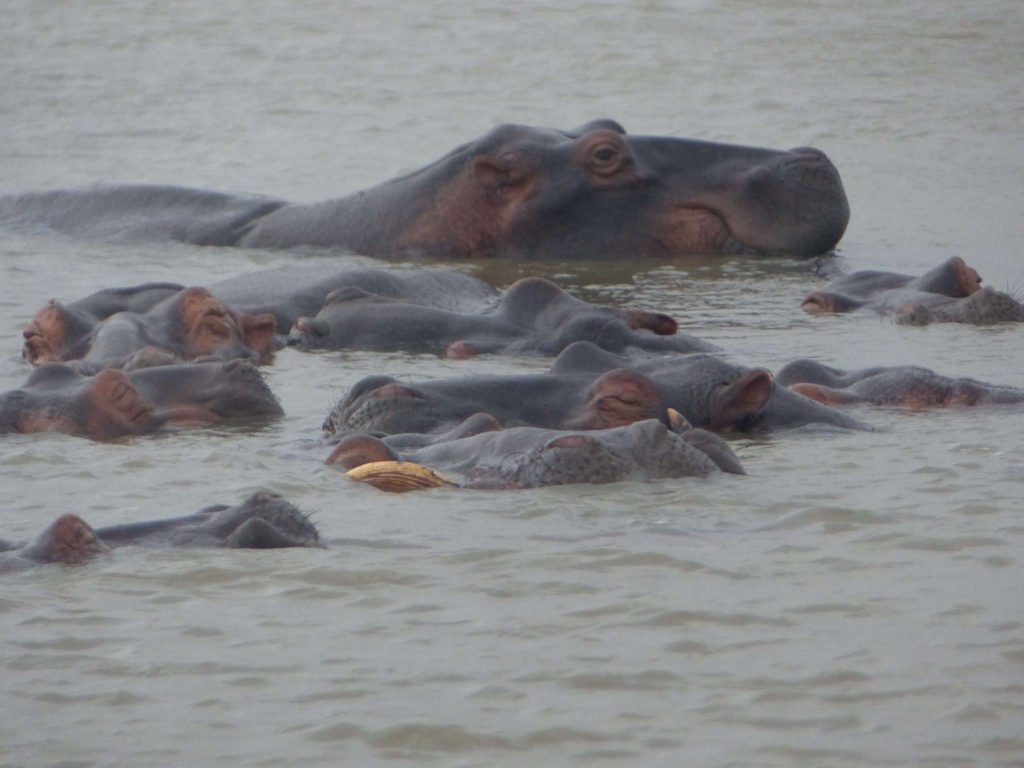
As it turns out, the tales of hippos roaming the streets of town are actually true. We’d heard about this but assumed it was one of those stories for foreigners like polar bears wondering freely in urban areas in more wintery countries.
We were walking home in the dark after dinner when Oyv suddenly grabbed my arm and whispered ‘there’s a hippo straight ahead.’ He had already done this twice and in both cases the hippo had turned out to be a person carrying a large basket so I wasn’t very worried. But then we saw them: three hippos grazing on the manicured lawn of a B&B.
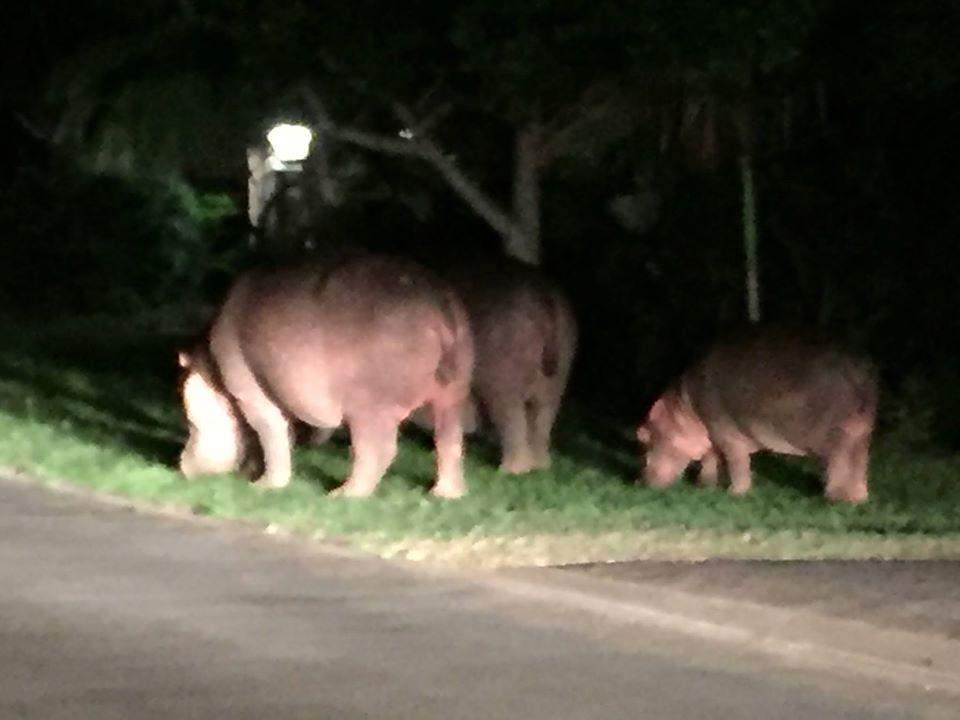
We froze, then walked backwards and had a whispered argument about what to do next. Our guesthouse owner had mentioned in passing that a hippo had bitten off a local’s leg. As always happens on safari when you spot game: vehicles appear. A man driving a 4×4 pickup stopped beside the hippos so we decided to creep forward quietly and put the truck between ourselves and these second-most dangerous animals in Africa, who were noisily chomping on the hedges and didn’t seem interested in any of our legs at all.
And let’s not forget the Boers: a group descended from German, French and Dutch settlers and speaking their own language, Afrikaans. Living in the Cape Colony, they grew tried of both the European colonial powers and the local people so in the 1830s they famously trekked right off into the interior. There they established their own autonomous republic and engaged the British twice in the Anglo-Boer wars. Losing the second war, the Boer’s Free State ended up as a British colony after all and today is just another part of the united South Africa.
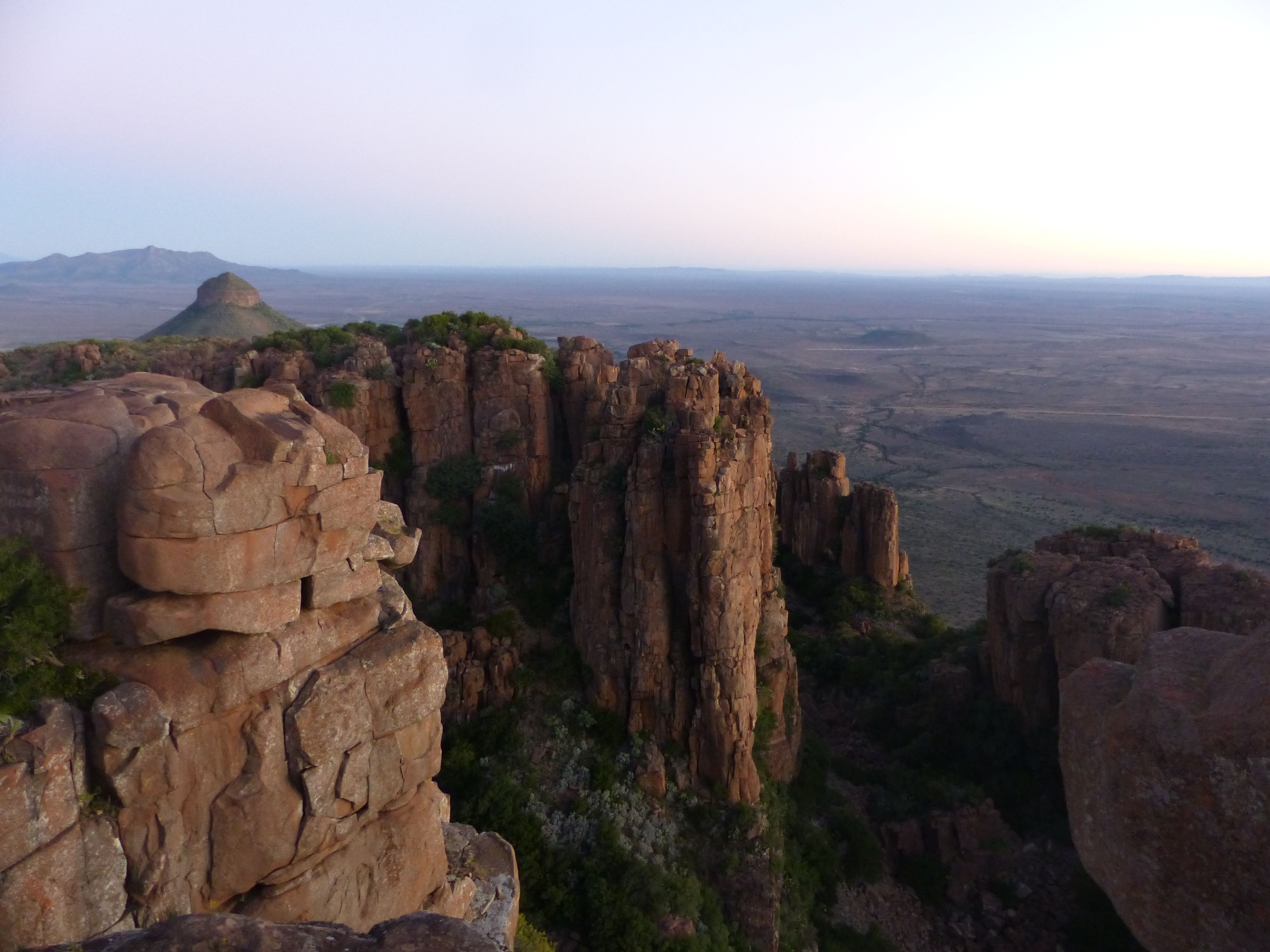
We stayed in a cabin on a farm in Boer country.
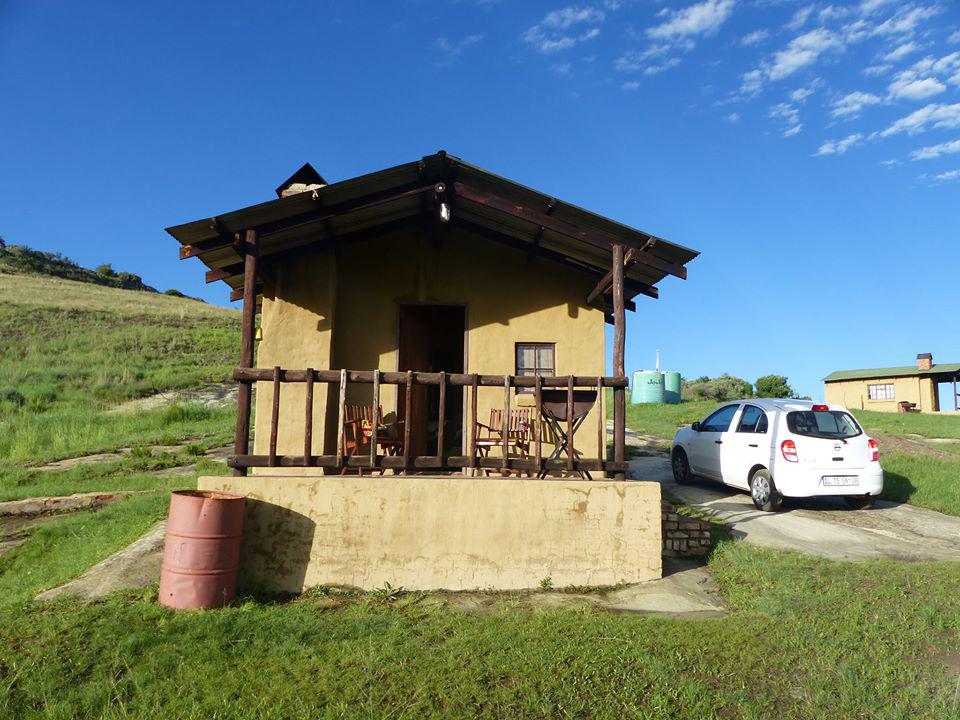
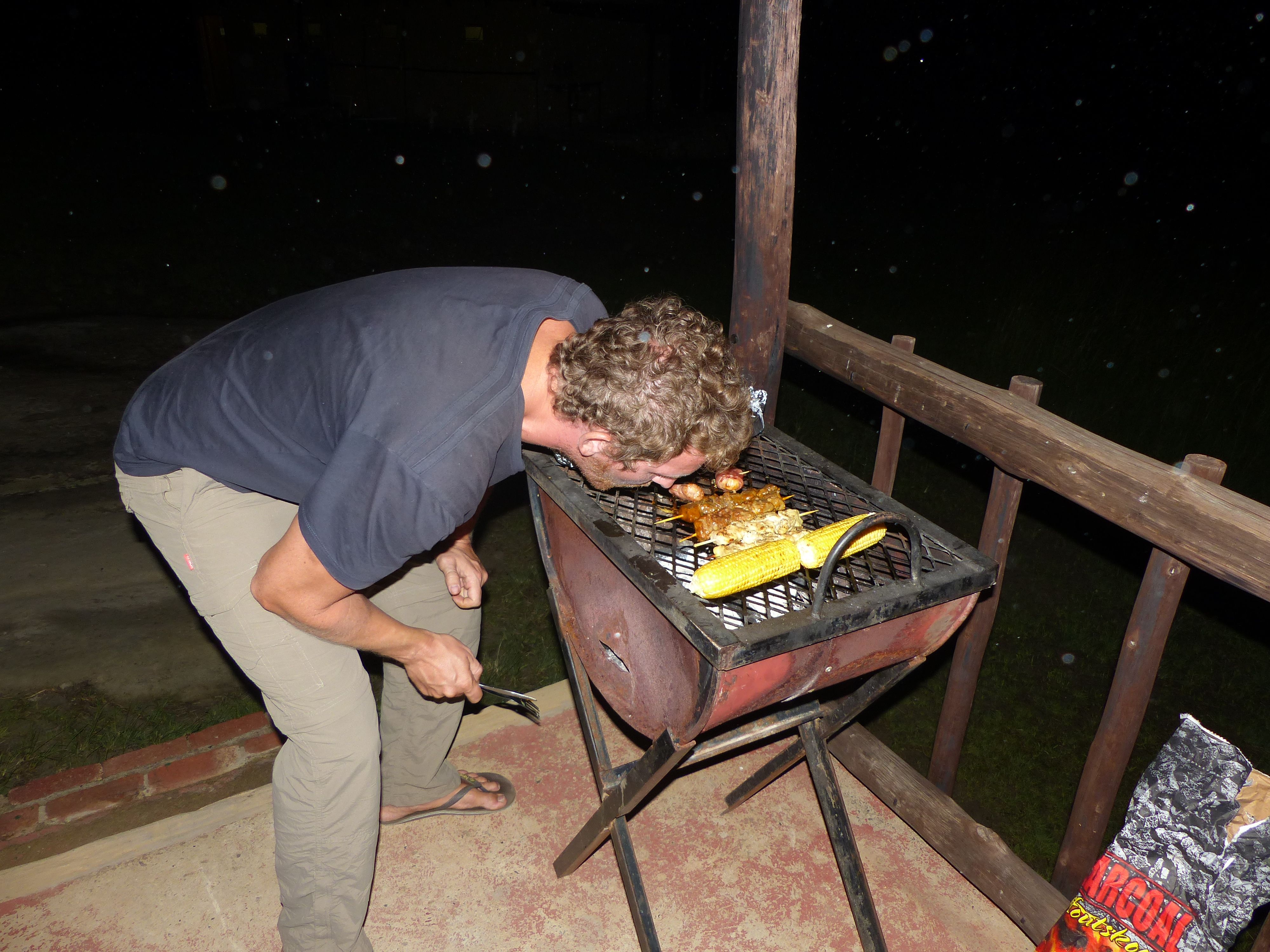
The farm has been in the same family for 5 generations – in other words, ever since the Boers first arrived here.
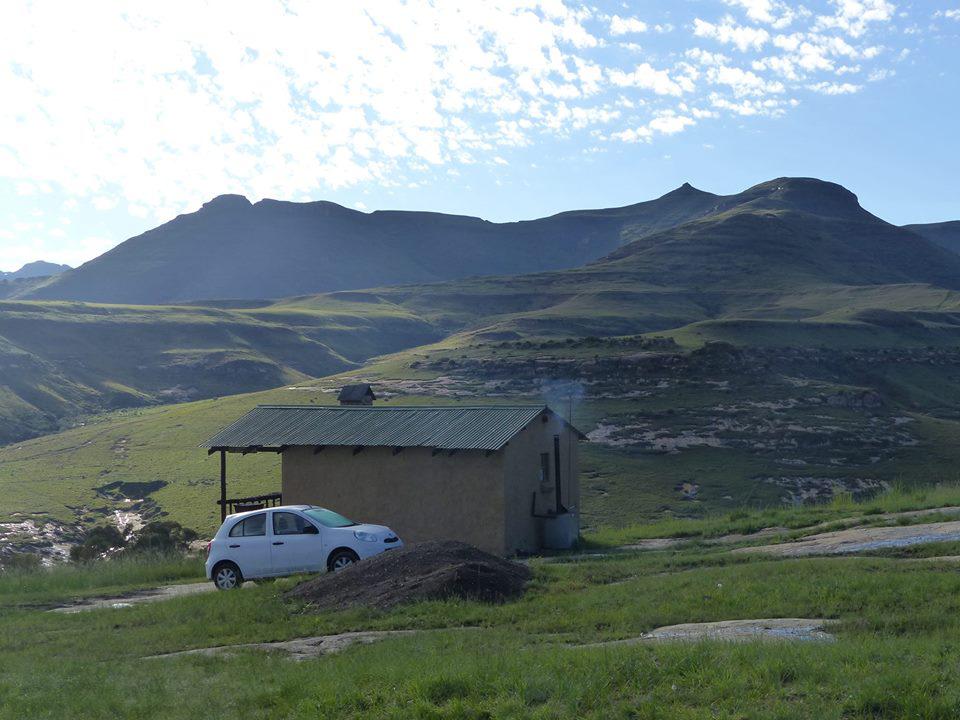
Apparently the original founder fought for this land and although he never actually paid any money for it, it was ‘paid for in blood’ as his great great nephew shared with us over breakfast.
We wanted to learn some more about life in South Africa first-hand. Mom had given us the contact details for some of the missionaries connected to her work. Two of them live with their kids in Amanzimtoti, near Durban. We drove down the coast and met Kerry there at her house.
Kerry works for an NGO (Non Governmental Organisation) called Seed of Hope. She and her colleague Nicole showed us around the Township they work in. Today the inhabitants of these apartheid-era remnants are free to come and go, but those who live in a Township have few prospects and are dependent on government grants.
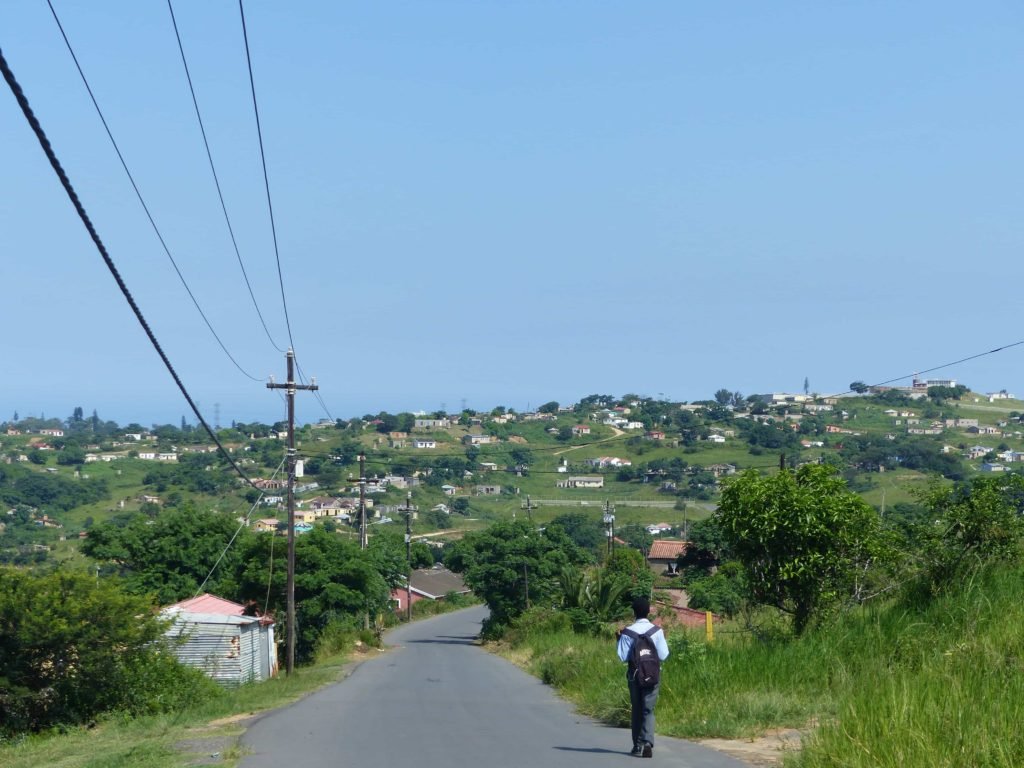
Unemployment in this one hovers at around 80%. Infrastructure and public services are almost non-existent – most homes don’t even have indoor plumbing. HIV is a serious problem and yet still a taboo subject – Kerry told us of a vice principal at the local school who wasted away and died, quite obviously of AIDS, rather than admit to having the disease and take the free, life-saving drugs. Struggling with limited funds and empty pantries, some families can only manage to feed their kids one meal a day.
As the focus of their community development program, Seed of Hope teaches sustainable, productive farming techniques to anyone who wants to learn.
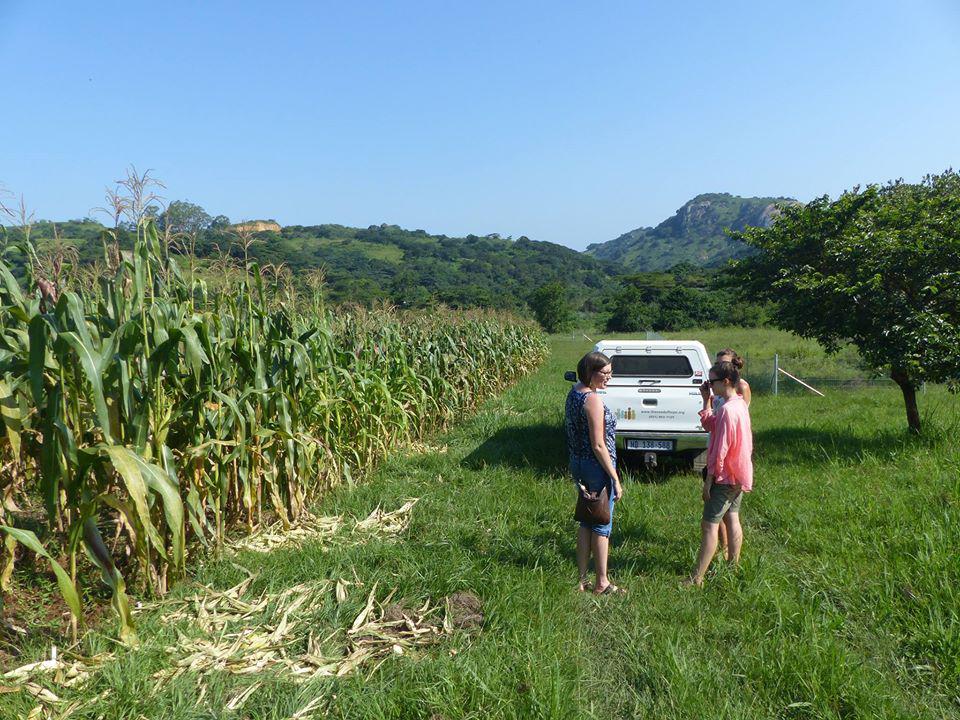
The idea is to build and encourage food self-reliance and so lift families out of poverty. Together with this they offer counselling and support to individuals and families in crisis. Their office building houses an after-school activity program for local kids. They believe that education, rather than more donations and quick fixes, is the key to a permanent change.
We ate dinner at a lovely restaurant on Durban’s beautiful waterfront with Kerry, Nicole and Kerry’s teenage son. Kerry reminded us that although things look good on the surface here and we can be lulled into complacency, life in South Africa is not always quite as comfortable and ‘ordinary’ as it might seem when you first arrive on a crappy minibus from Mozambique and look around at the fancy restaurants and familiar shopping malls.
And now, 3809 kilometers of perfect highways and bumpy country lanes and twisting mountain roads later, we’re closing in on Cape Town.
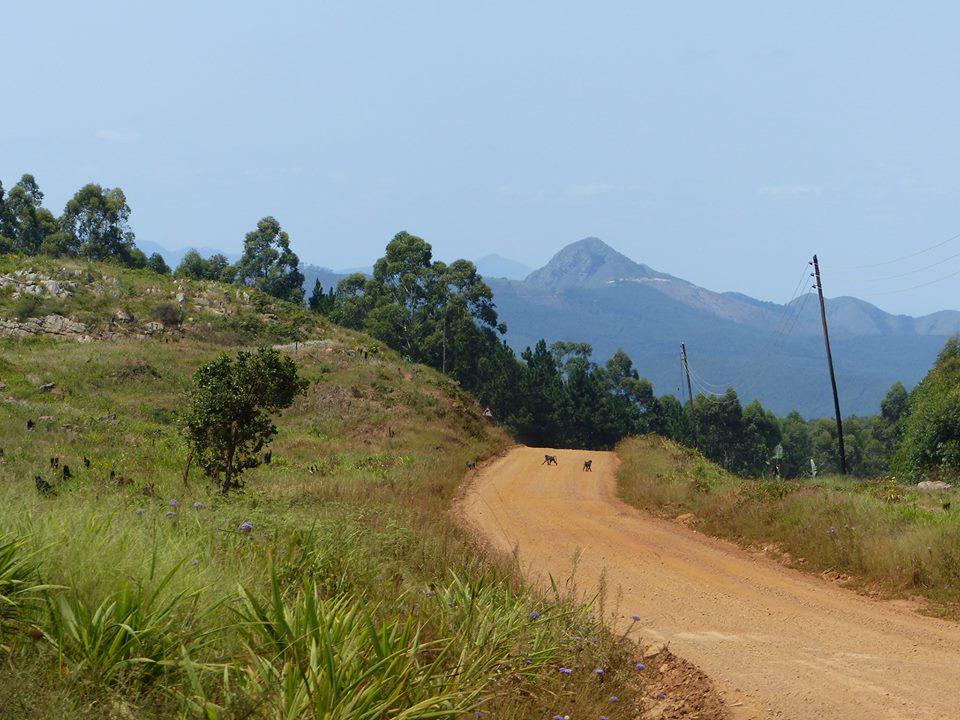
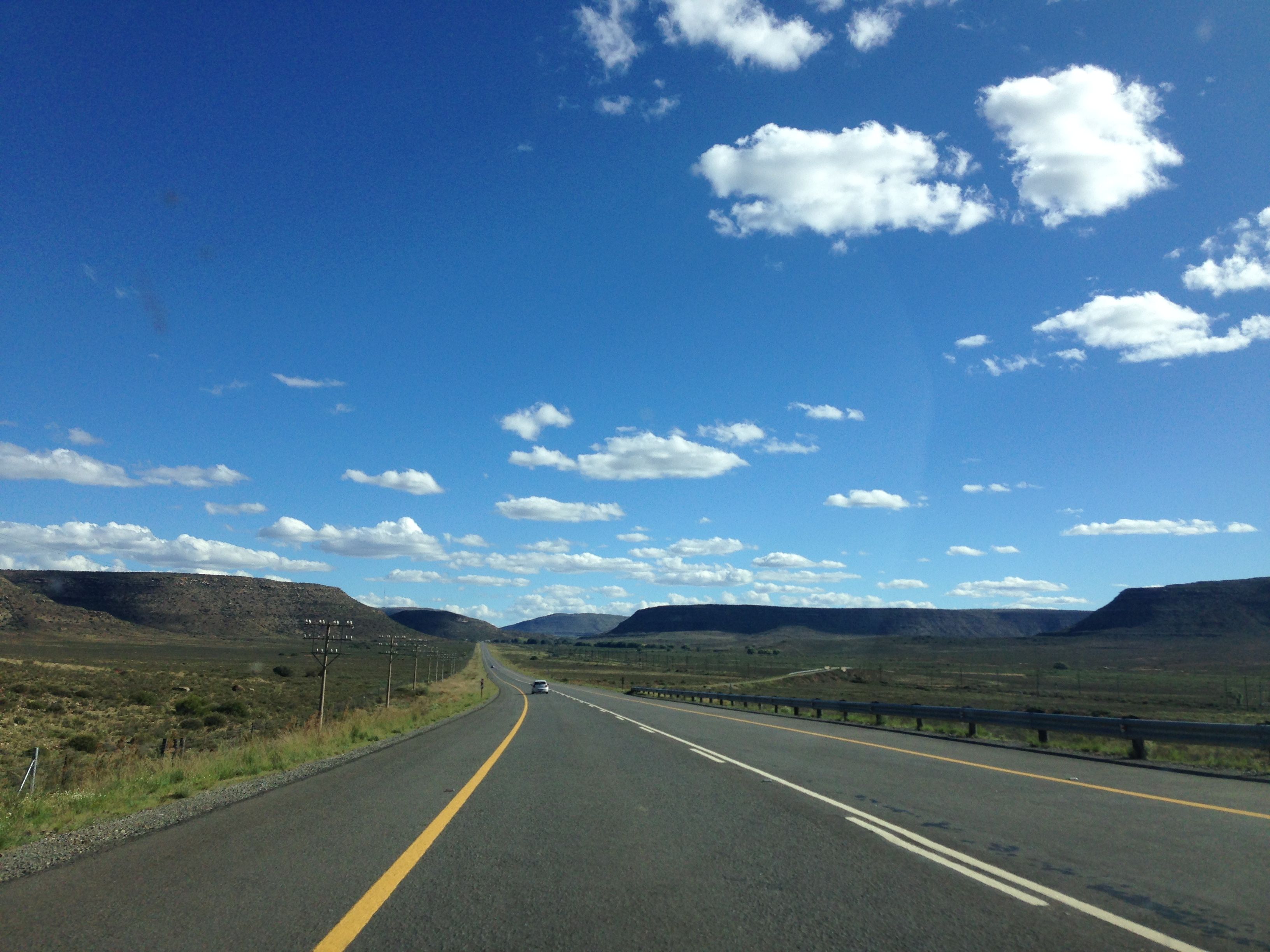
We’re 81 kilometers away and we aren’t ready to end this trip-within-a-trip yet, so we’re taking a hiatus in Franschhoek at the heart of South Africa’s beautiful wine lands.
Read More
Check out the rest of my stories, for more of our adventures (and misadventures) on the road from Cairo to Cape Town.



